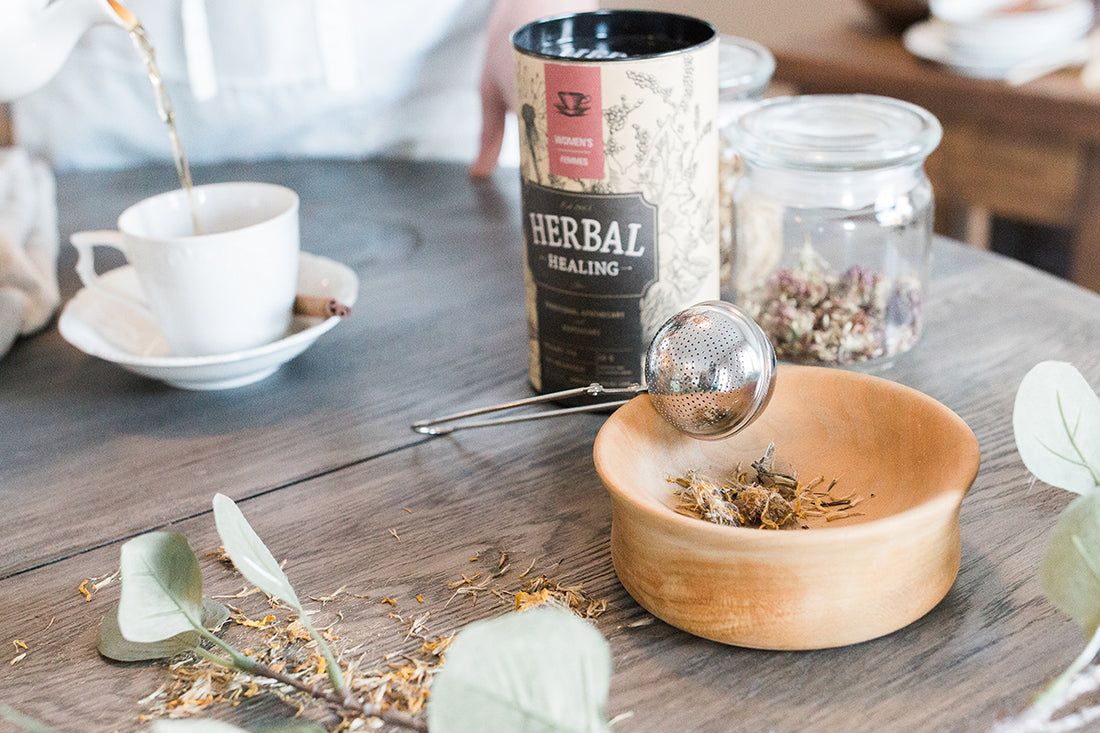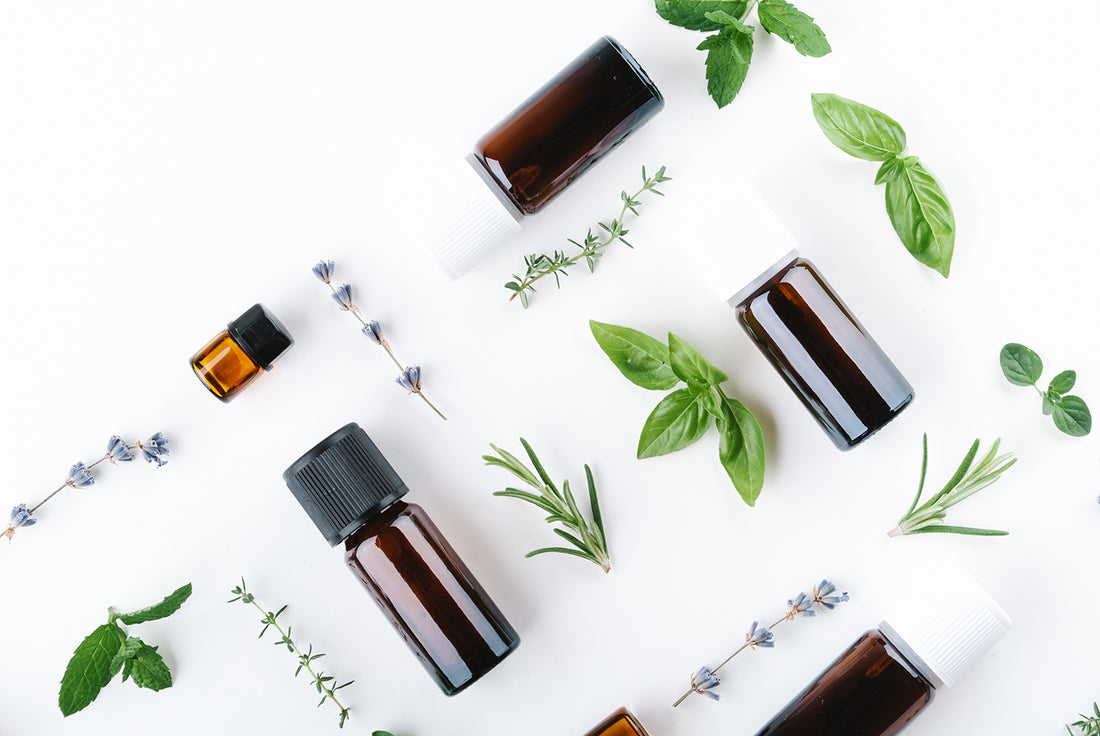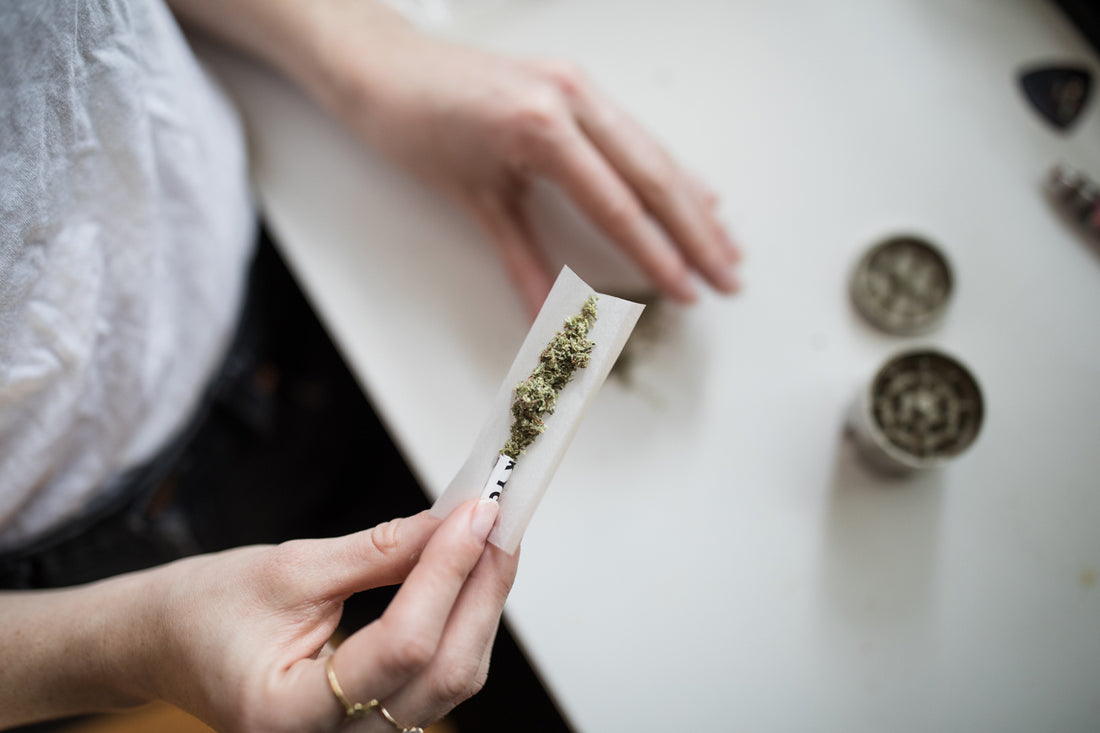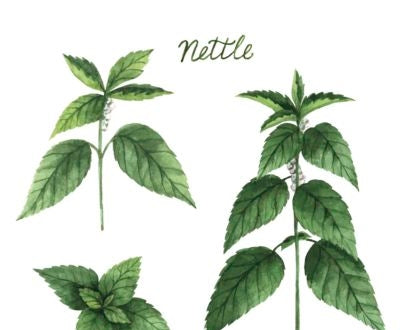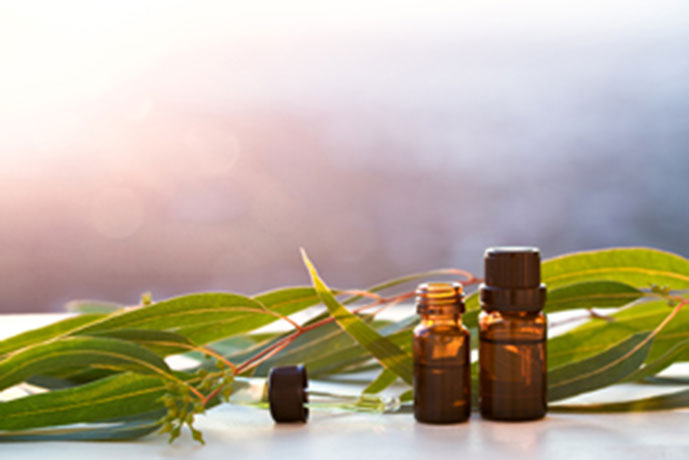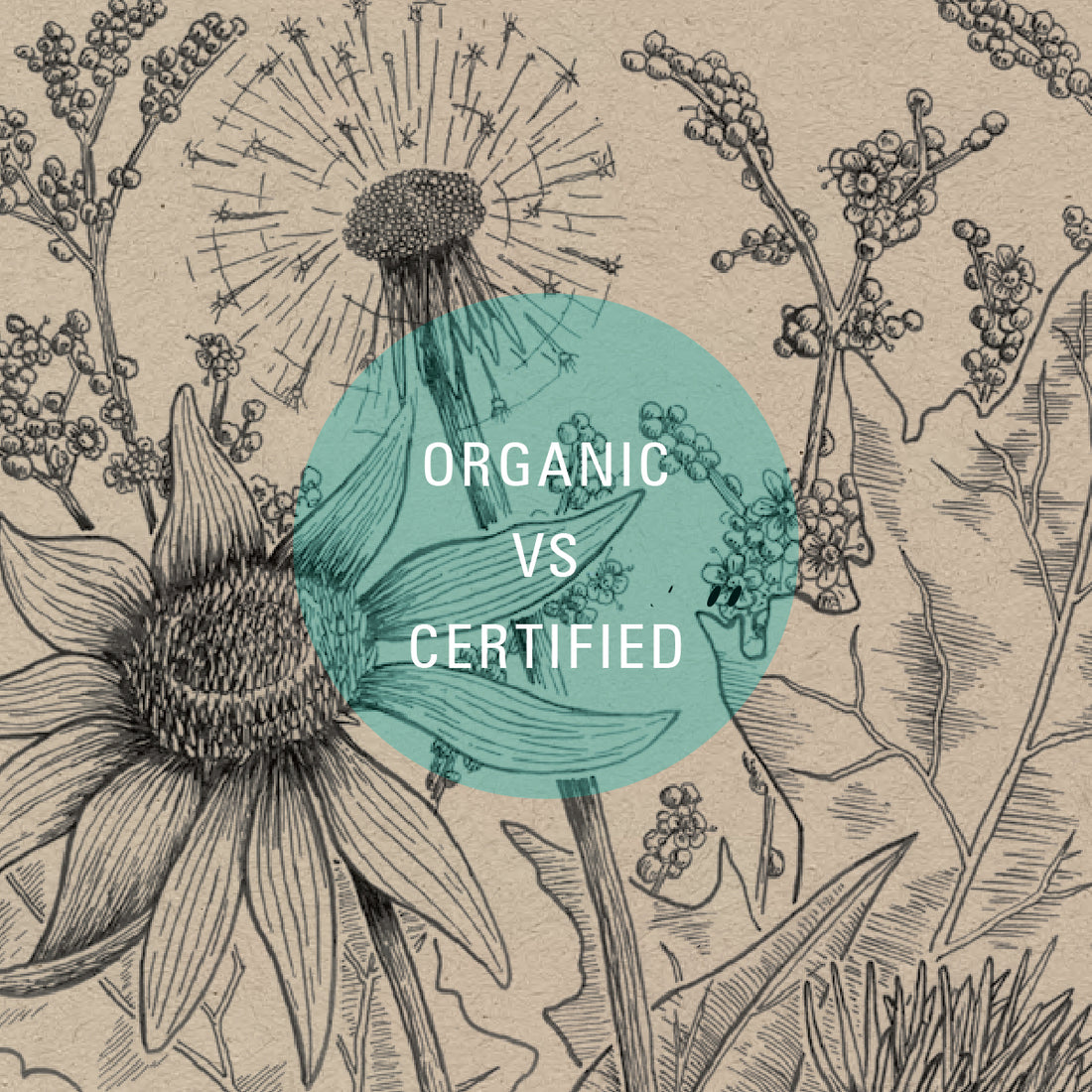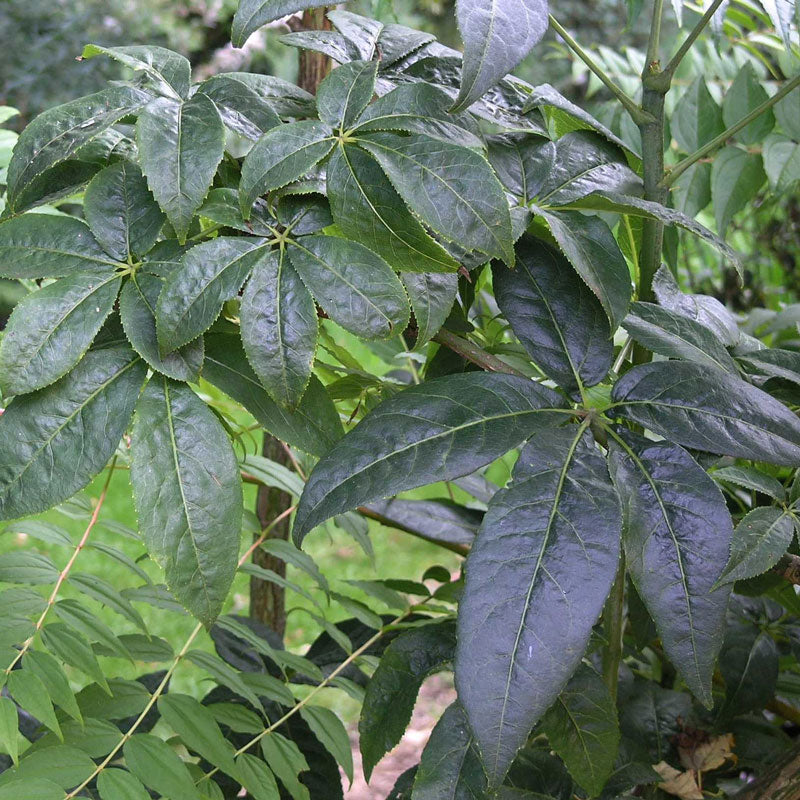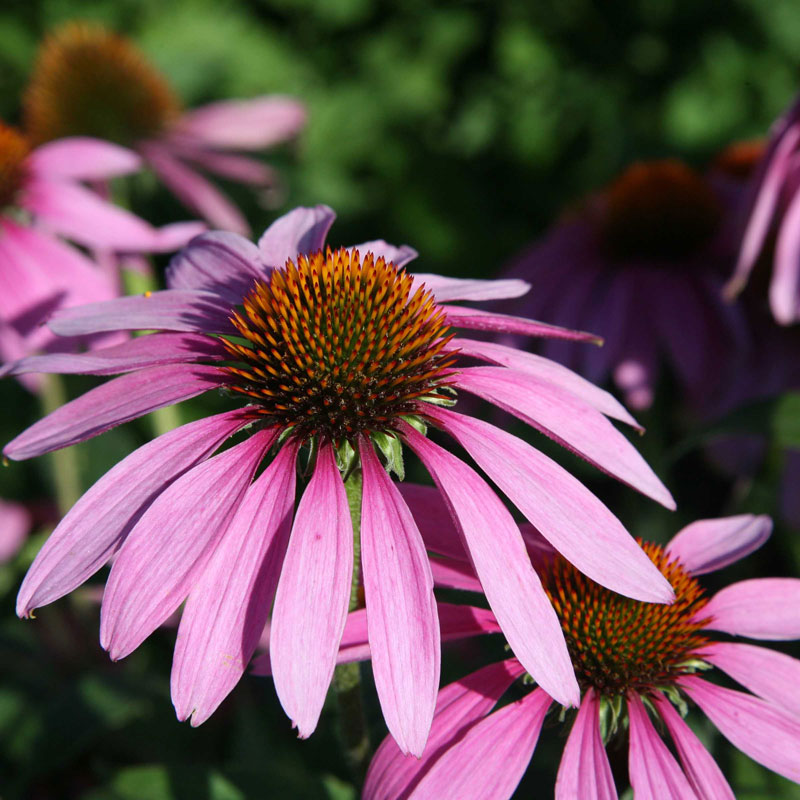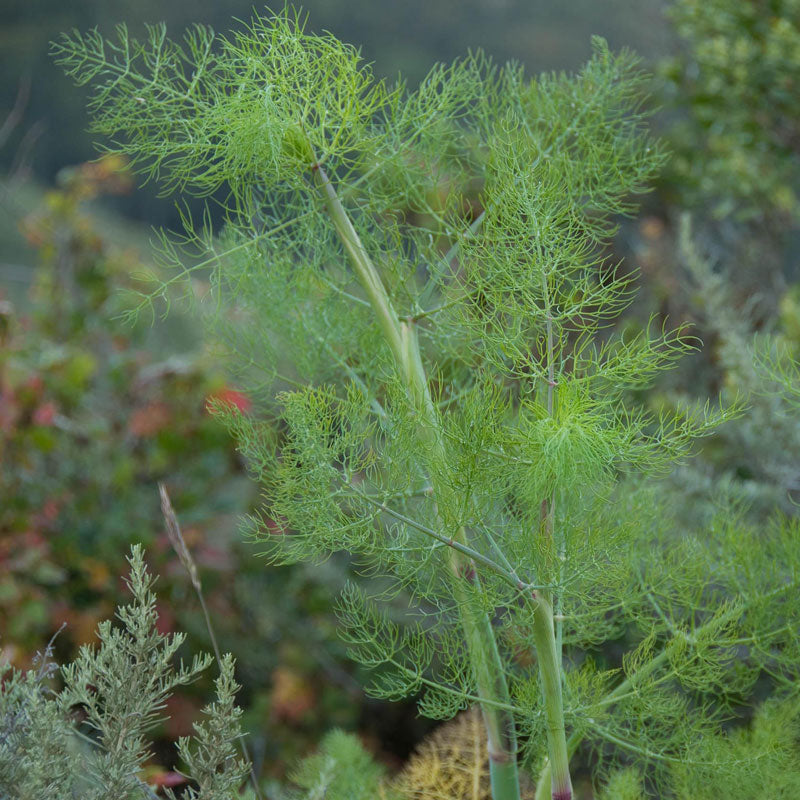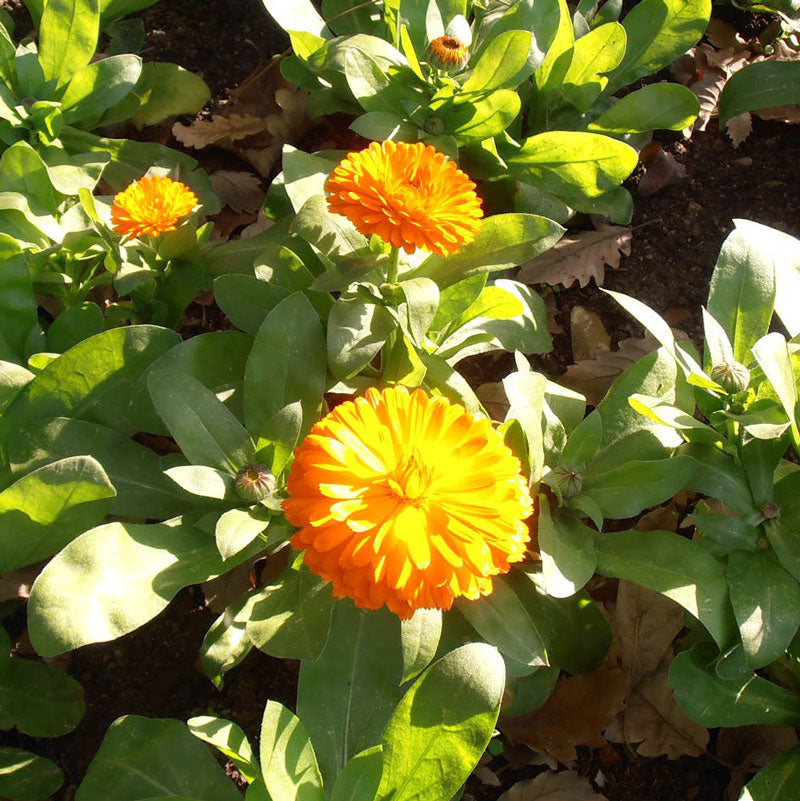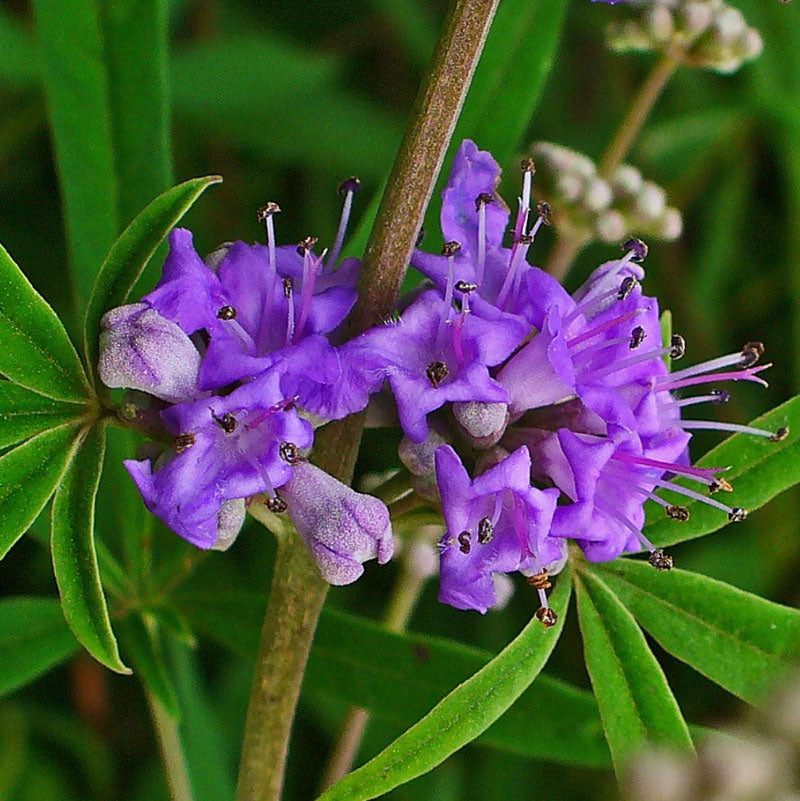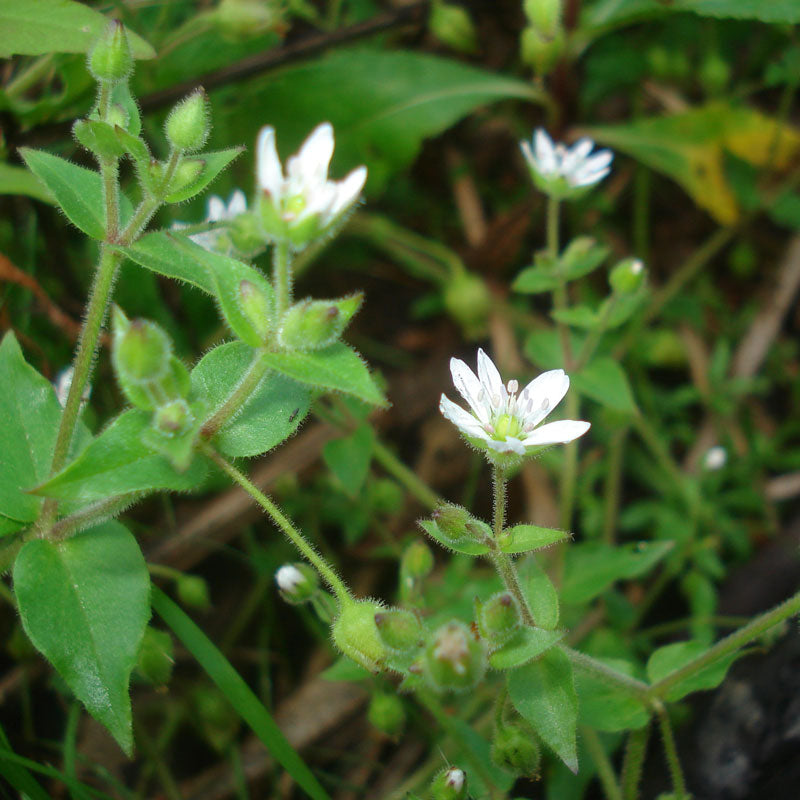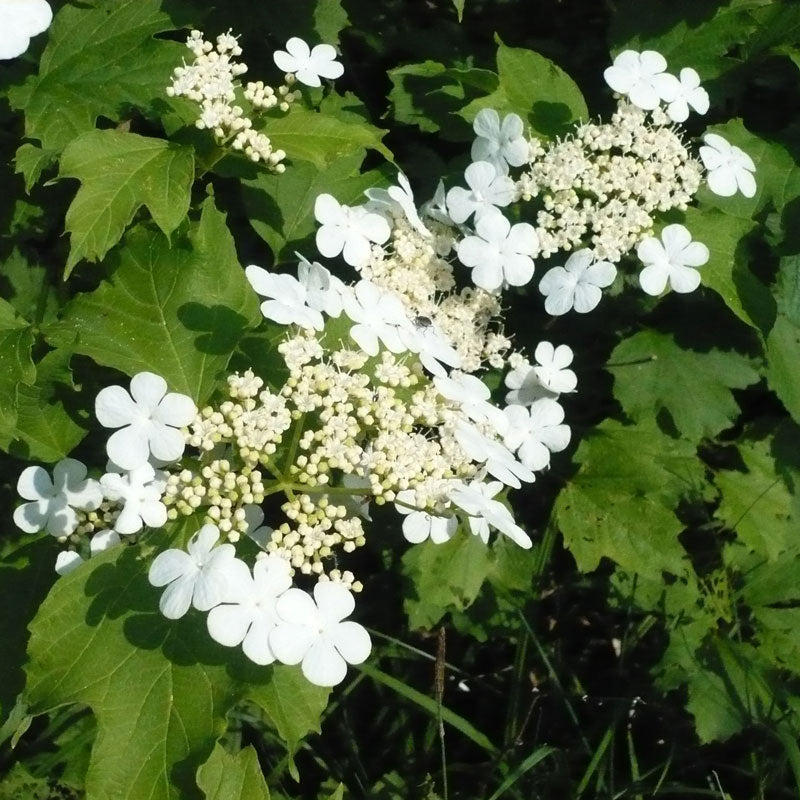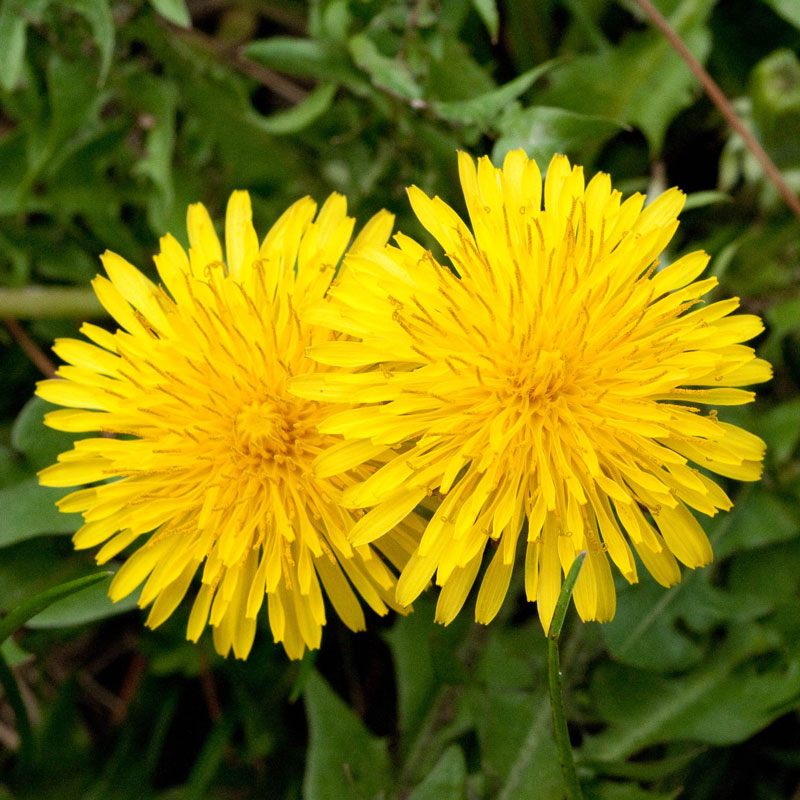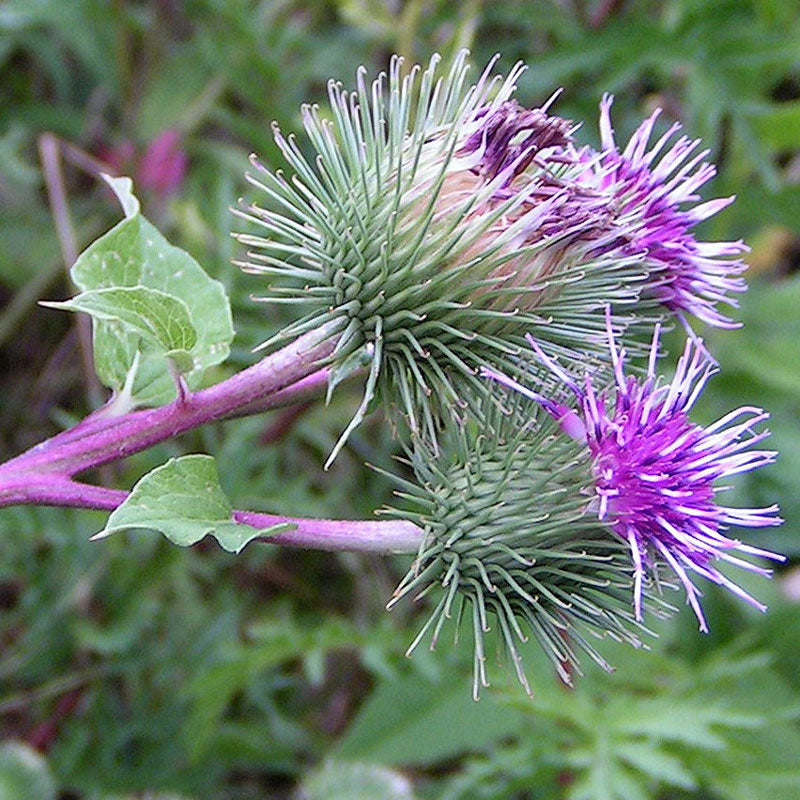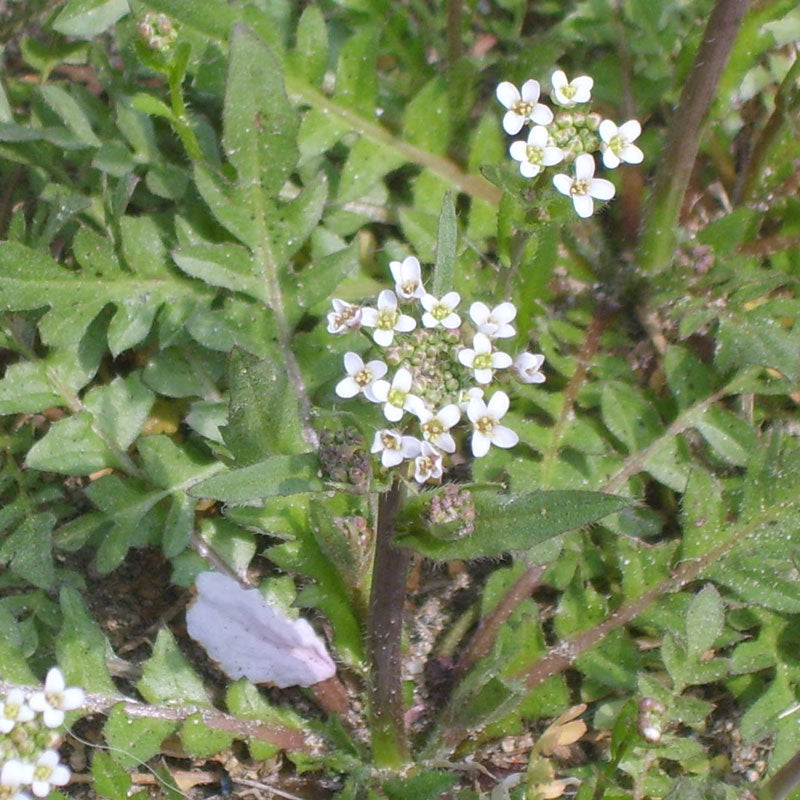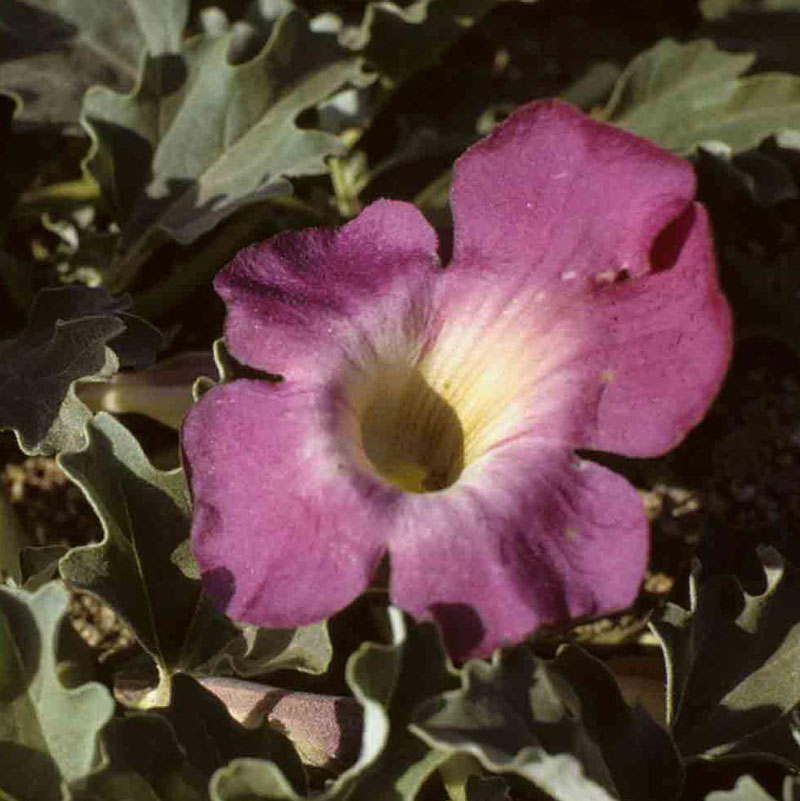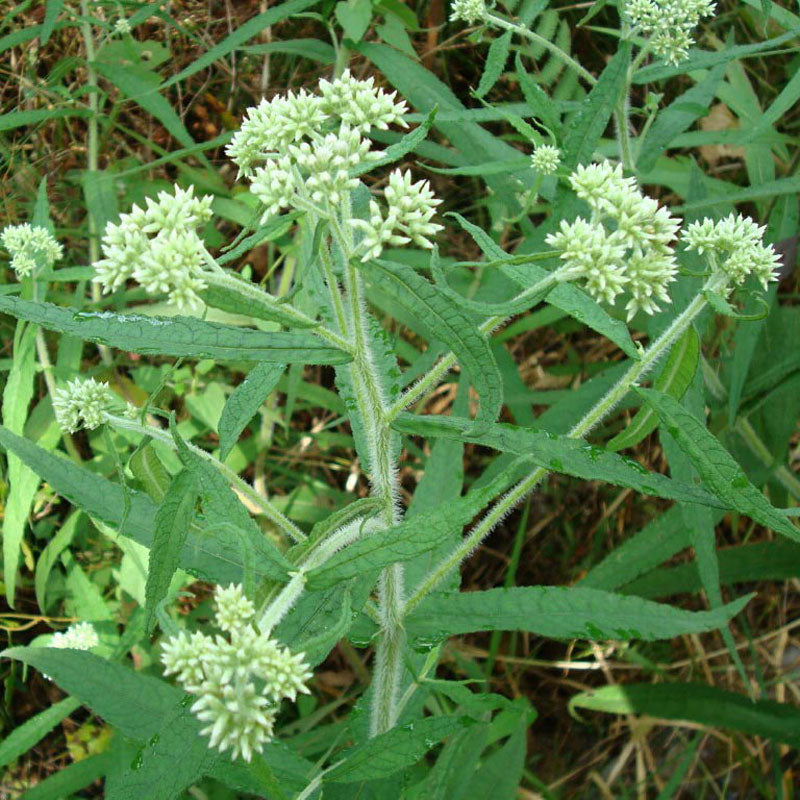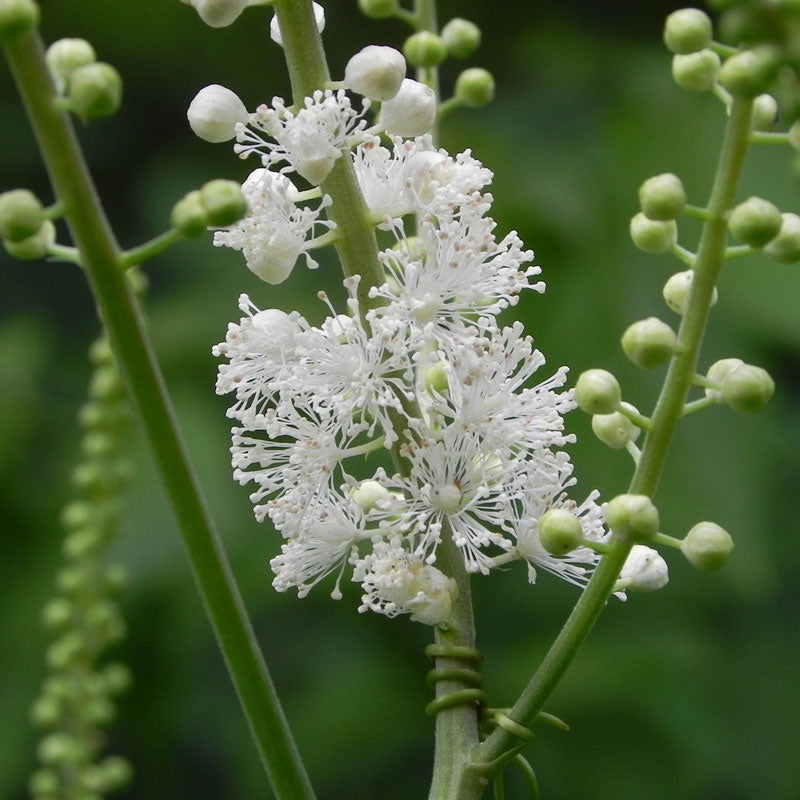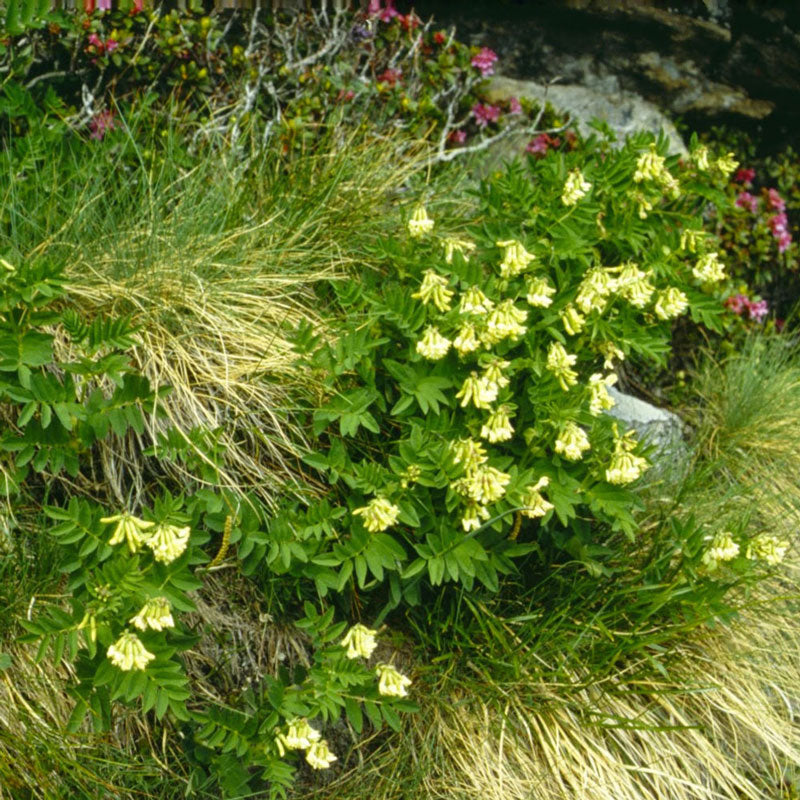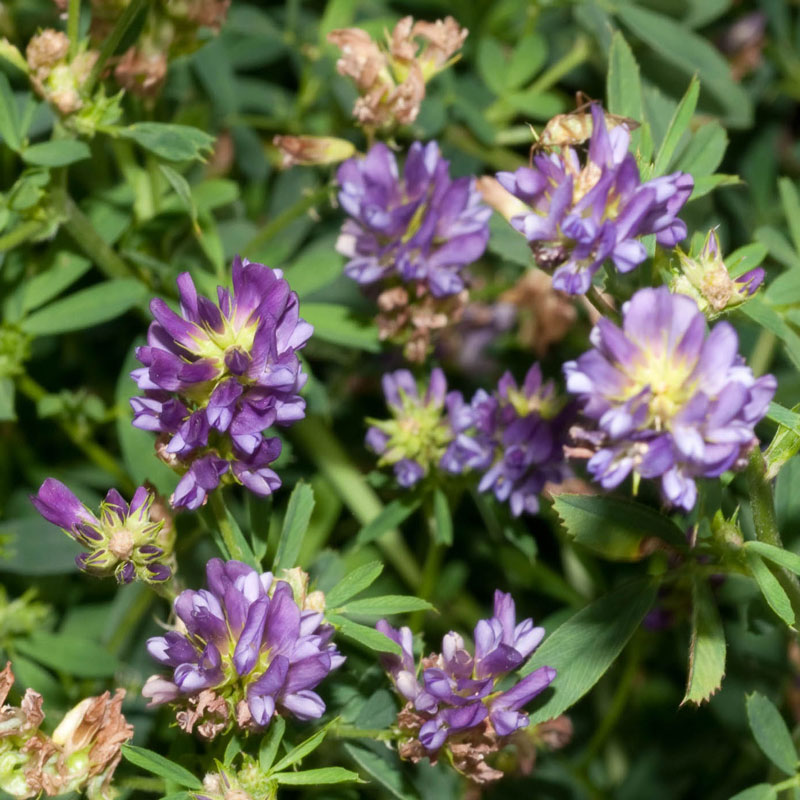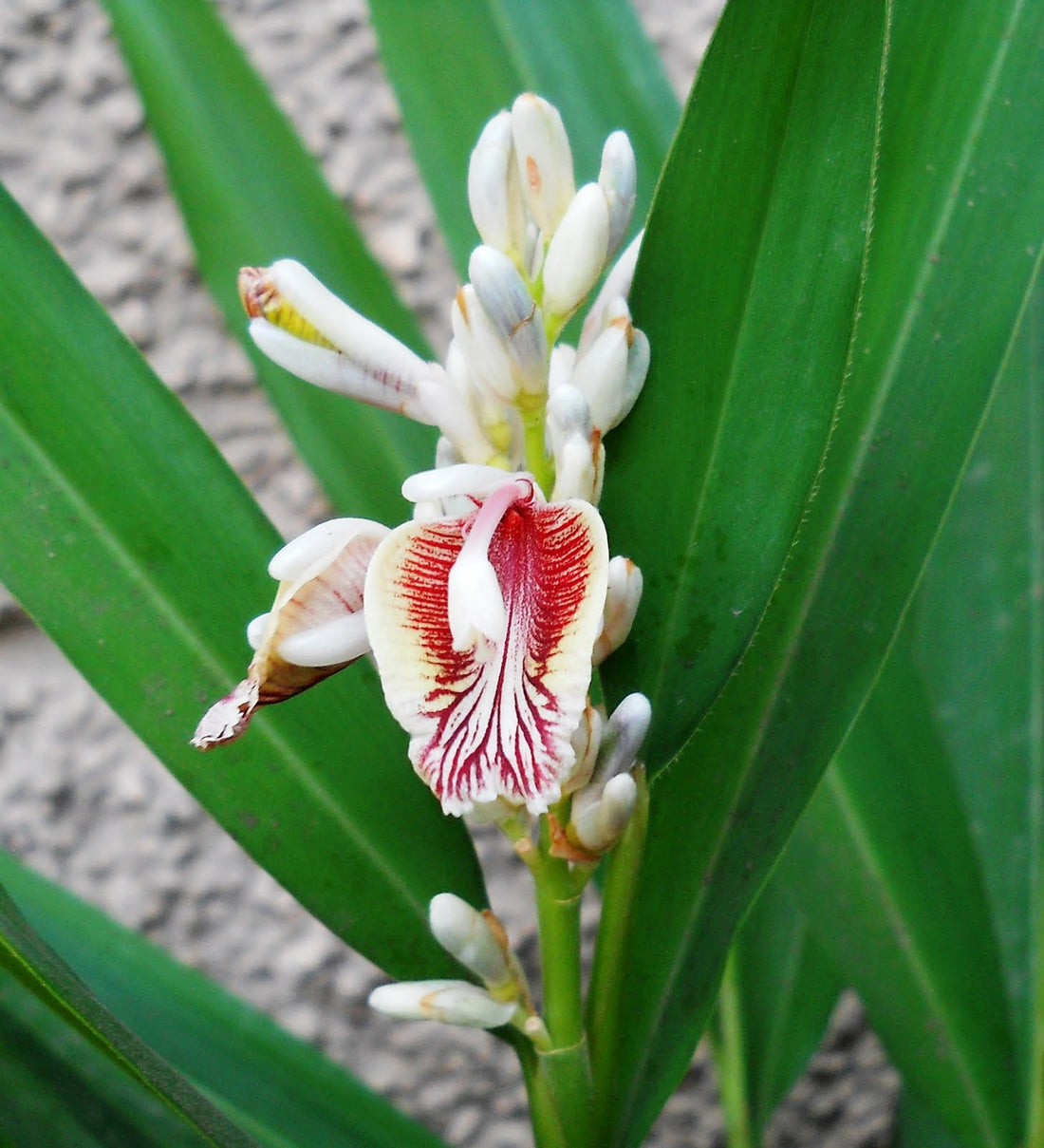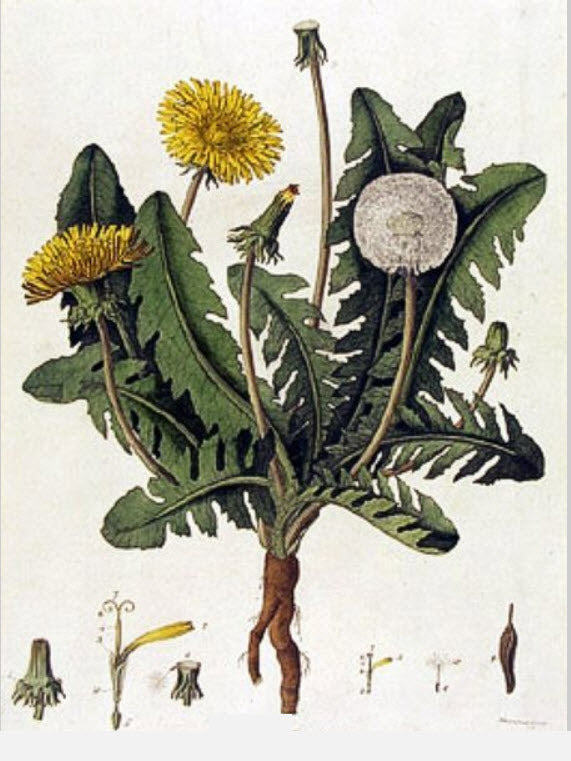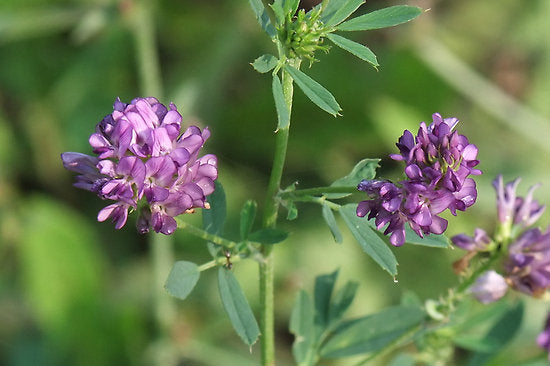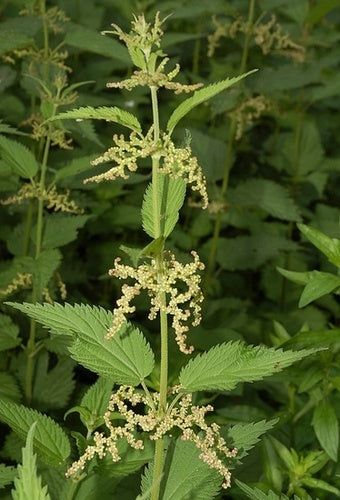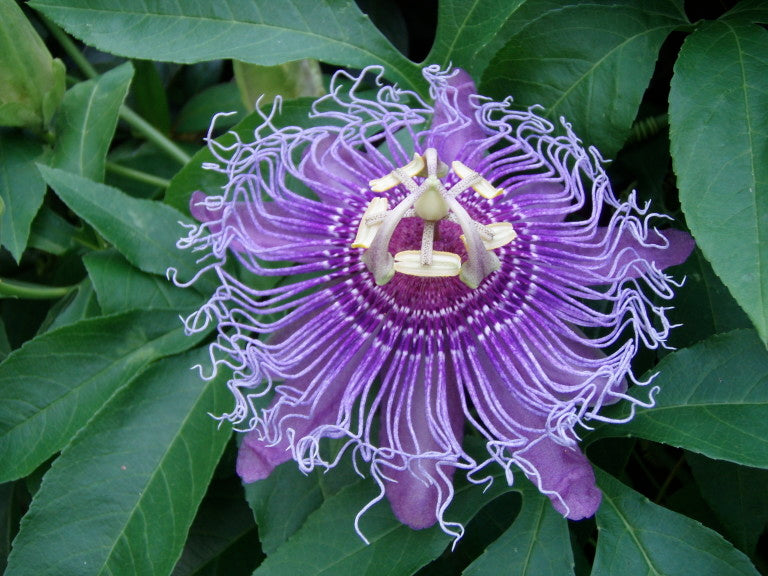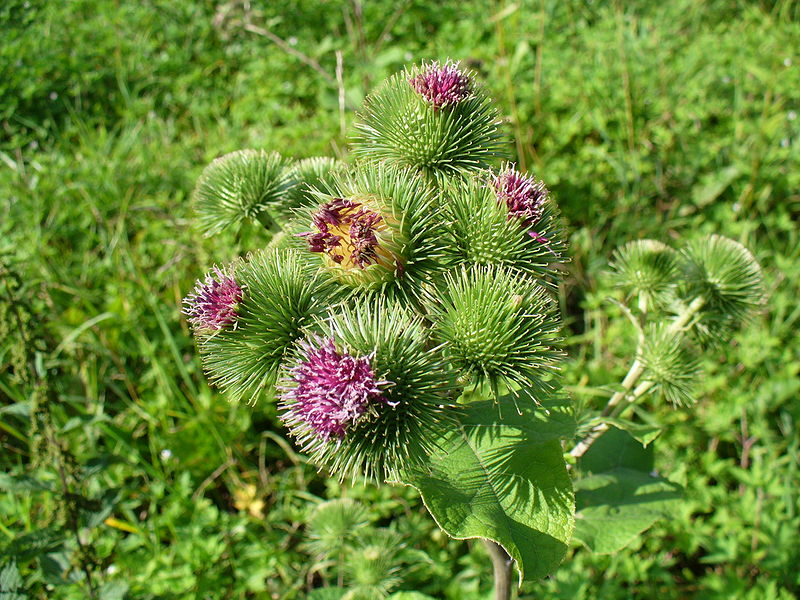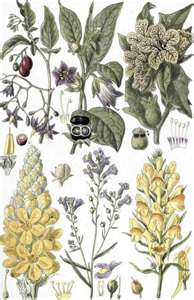Shepherd’s Purse (Capsella bursa-patoris)
Parts used
Entire plant
Properties
Astringent, diuretic, febrifuge, hemostatic, purgative (mild), stimulant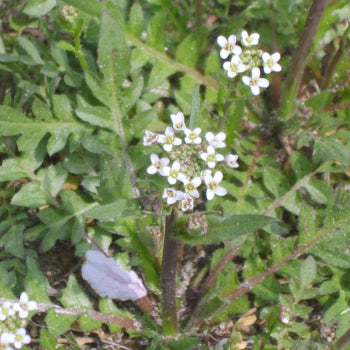 Slippery Elm Bark (Ulmus fulva)
Slippery Elm Bark (Ulmus fulva)
Primary nutrients
Calcium, iron, magnesium, potassium, sodium, sulfur, tin, vitamins C, E and K, zinc
During World War I and World War II, when traditional medications were in short supply, shepherd’s purse tea was used out of necessity to control bleeding due to casualties of war.
Shepherd’s purse has historically been used for hemorrhaging after childbirth, excessive menstruation and internal bleeding in the lungs and colon. Properties in shepherd’s purse act as a blood coagulant. The herb can be applied externally to sores, wounds, nosebleeds and bruises. It helps constrict the blood vessels and is used to regulate blood pressure and heart action. It acts as a stimulant and tonic for catarrh of the urinary tract which is indicated by mucus in the urine.
Shepherd’s purse has also been found to contain components that lower blood pressure and stimulate uterine contractions. For this reason, it should not be used during pregnancy.
Primary Applications
Bleeding
Ear ailments
Urine, bloody
Blood pressure, high
Menstrual symptoms
Secondary Applications
ArteriosclerosisBowels
Diarrhea
Hemorrhages
Uterine problems
Back pain, lower
Constipation
Heart problems
Kidney problems
Water retention

